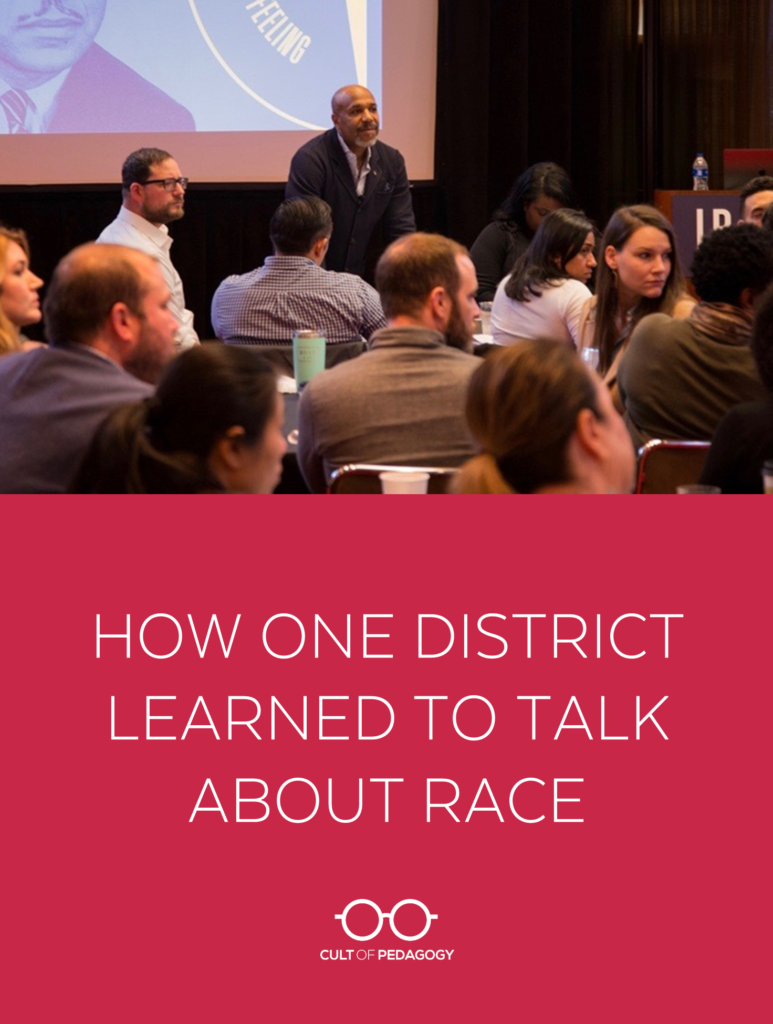
Listen to my interview with Glenn Singleton and David Watkins (transcript):
Sponsored by Pear Deck and Kiddom
This post contains Amazon Affiliate links. When you make a purchase through these links, Cult of Pedagogy gets a small percentage of the sale at no extra cost to you.
When it comes to improving the way we serve diverse populations, most schools have been throwing a whole lot of stuff against the wall to see what sticks: one-day trainings, book studies, attending sessions at conferences, bringing in speakers. There are a lot of people doing great work in equity, so we use what we find when we find it and squeeze it in with all the other initiatives meant to make our schools better.
If this sounds familiar, you may be starting to feel like this piecemeal approach is lacking cohesion, that even though you and your colleagues have been shifting your practices to some degree, something is missing. Maybe it’s that only some staff members are really on board with the changes, while you’re sensing resistance from others. Or behaviors are changing, but you get the feeling that hearts and minds are not fully present. Or it could be that you’re addressing some equity-related problems, but not in a consistent way across the board.
One school district that found itself in this situation was Broward County Public Schools in Florida, the sixth largest school district in the United States. Broward County encompasses 31 cities and serves nearly 300,000 students from widely diverse backgrounds, representing nearly 200 different languages and cultures.
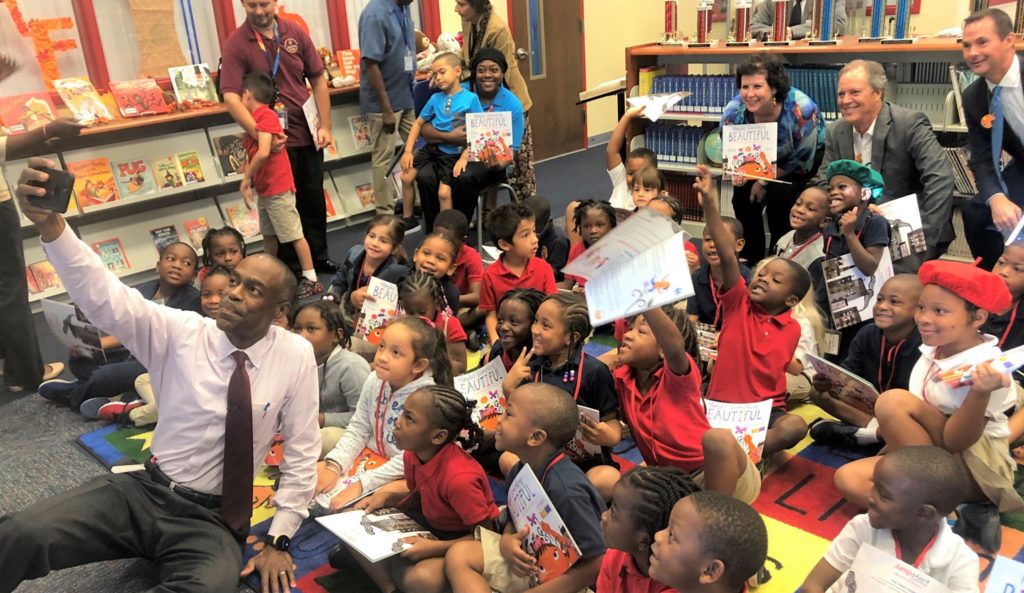
David Watkins, Broward’s Director of Equity and Diversity, says that although district leaders had always implemented progressive policies and worked to reach their most vulnerable youth, the work was disjointed. “What we found was a lot of pockets of good work,” he says, “but not a systemic process to make sure that it gets into the hands of teachers across the system as end users.”
Just as in so many districts across the country, there was a cultural mismatch between the teaching population and the students they served. “Educators (were) struggling to understand the populations they were serving and how to apply some of the policies and practices we were implementing.”
Current events added another layer of difficulty: Teachers felt ill-equipped when students wanted to talk about the racially charged stories that kept coming up in the news. For fear of getting these conversations wrong, many teachers simply changed the subject. Watkins sensed that they needed help. “How do they allow this very important rich conversation to take place in their rooms but not make themselves vulnerable to a misstep in communication and potentially cost them their job?”
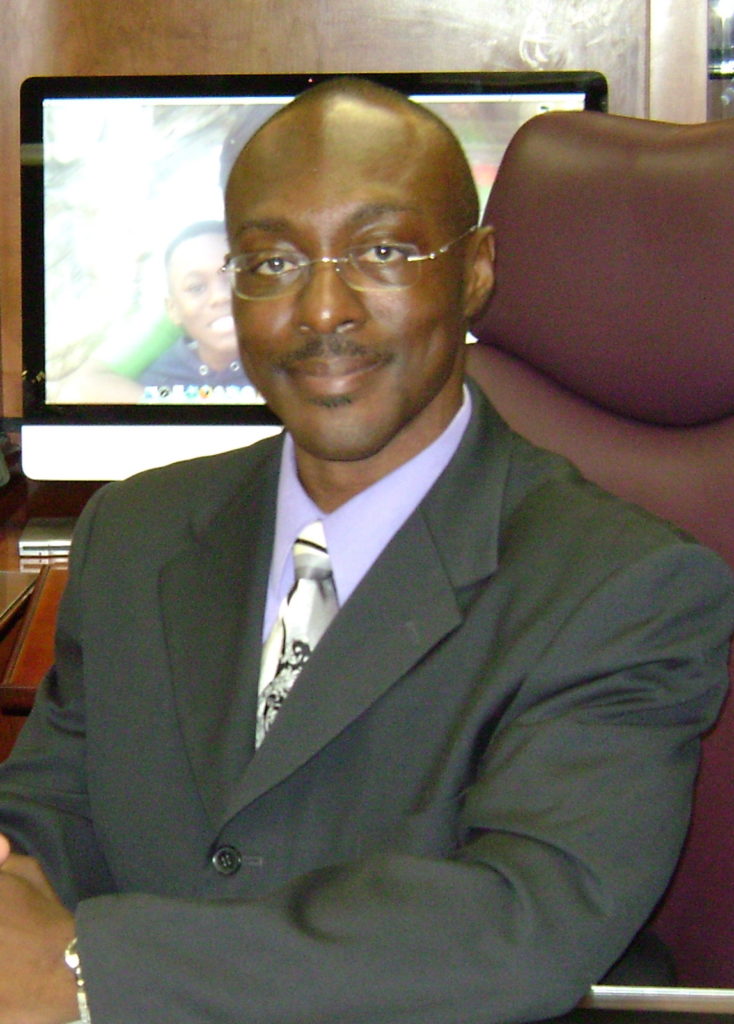
Talk as a Foundation
It’s not easy to talk about race. Regardless of your ethnic background, conversations about race feel like they are loaded with land mines just waiting to go off. People get defensive. Or scared. No one wants to say the wrong thing. So a lot of times, we avoid talking about race altogether.
And that’s not good. Because race definitely impacts our schools, our students, and our work as educators, and if we’re ever going to make real progress on race-related issues, we need to be able to talk about it in open, honest, and productive ways.
That’s the idea behind Courageous Conversations About Race, an online course that teaches participants how to talk about race. In February 2018, Broward County enrolled 300 of its educators in the course, and the results have been significant. Participants, who describe the course as life-changing, say they wish every educator would take it.
The course, powered by PCG’s EducatorEd, is built around the idea that one of the biggest barriers to making progress on race-based issues is people’s discomfort with talking about it, so it gives participants the tools they need to have these challenging conversations.
The course begins by helping educators understand why talking about race is important, “to help them to understand how difference plays out, what differences are, and why understanding that actually improves their productivity and their work,” explains Glenn Singleton, who created the course. “Diversity training tends not to work in its traditional form (because) we don’t address the why up front.”
During the process of exploring the why, the course also helps teachers deeply examine their own beliefs and equips them with tools for talking about it. One set of tools is called the Four Agreements.
The Four Agreements of Courageous Conversations
A key component of the Courageous Conversations protocol is the Four Agreements, rules for engaging in these challenging discussions. Even without taking the course, learning about these four agreements can shed light on what it takes to make progress in a conversation about race.
1. Stay Engaged
“In our society,” Singleton says, “we have given permission to disengage from this conversation.” So making a commitment to stay engaged, rather than leaving when things get uncomfortable, ensures that the important conversation will actually happen.
2. Speak Your Truth
“Come to this conversation with a willingness to share what’s real for us, even if what’s real for us is not what’s real for others,” Singleton says. This is a lot easier said than done, however, which naturally leads to the third agreement.
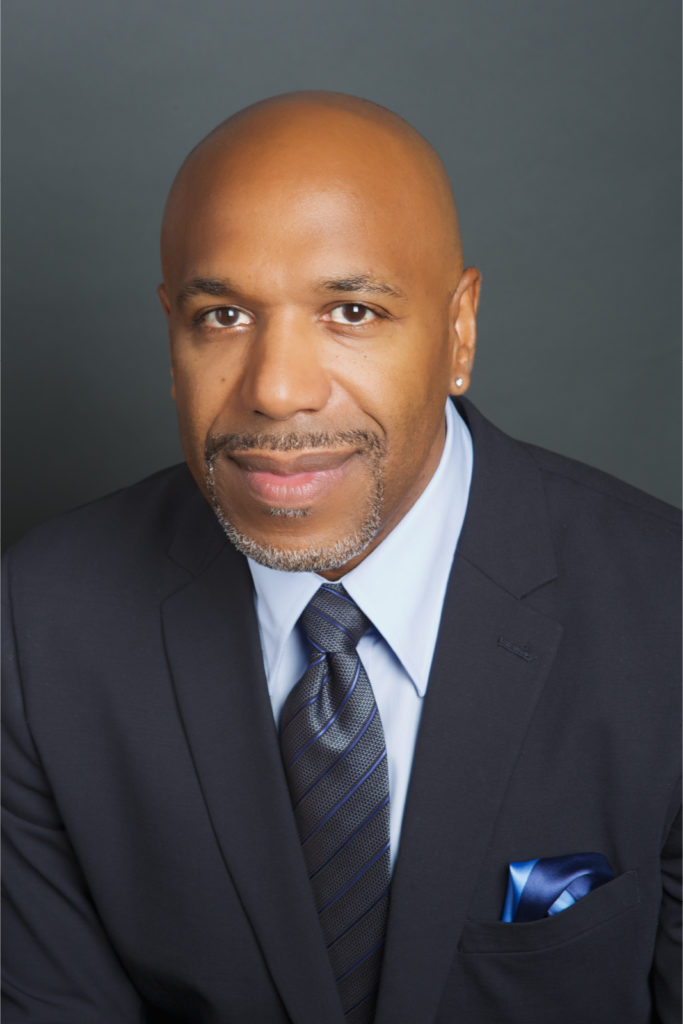
3. Experience Discomfort
“We have to get good at being uncomfortable,” Singleton says. “We’re actually building the educator’s capacity to stay engaged as it becomes uncomfortable, to raise my capacity to be uncomfortable. We call that productive disequilibrium.”
4. Expect and Accept Non-Closure
“We can’t have educators frustrated because they can’t fix it, tie it up in a bow, and have it done,” explains Singleton. “It’s something that is still persistent in our society. There is still a challenge that we’re facing at the larger level, and so we need to be able to stay engaged, even though the final solution isn’t yet in sight.”
Outcomes for Broward
Of the 300 participants who enrolled in the course, only three did not complete it. Everyone else gave overwhelmingly positive reviews.
“When we did the surveys,” Watkins says, “we struggled to find anyone critical. They believed that this was something that they’d been waiting for, that having this type of online experience, addressing something that’s been this taboo, and equipping them with the resources to better communicate with their own students, was something they had not seen before.”
The effects of the course went beyond teachers’ individual attitudes and behaviors, prompting many of them to take on more of a leadership role when it came to equity.
“You had a lot of teachers who said, you know what? I was thinking about leaving education. Now I’m actually thinking about not only staying, but doing something more impactful,” Watkins says. “When I started looking at the signatures of a lot of the teachers who had gone through the course, they put ‘equity liaison’ as their signature. They then become the point person in their school, the go-to person for school leadership and for colleagues to ask questions, to facilitate conversation, experiences, and opportunities related to what they learned through the course.”
Singleton has seen this type of growth many times in teaching this course, and he attributes much of it to the course’s approach of meeting people where they are.
“Wherever you enter is perfect, and everyone is entering from their own place,” he says. “You’re not in this training to reference yourself to another person or another group of people. You are referencing yourself from where you begin to where you end. And if you can experience growth and understanding, consciousness and healing, as you make that progression, that’s what enables you to develop the high level of efficacy to transform your practice in the classroom. And that’s what you’re seeing now in Broward.”
“I watch human transformation happen in a relatively short period of time around a topic that so many believe is intractable,” he says. “And this to me is what makes my work, I think, the best work in the world.”
To learn more about the course, visit the PCG EducatorEd website. You can also check out the book by clicking the book cover below:
Join our mailing list and get weekly tips, tools, and inspiration that will make your teaching more effective and fun. You’ll get access to our members-only library of free downloads, including 20 Ways to Cut Your Grading Time in Half, the e-booklet that has helped thousands of teachers save time on grading. Over 50,000 teachers have already joined—come on in.

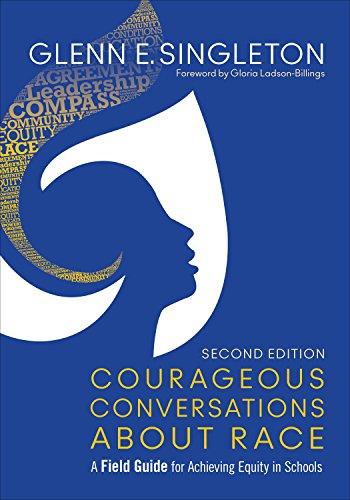
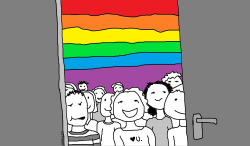

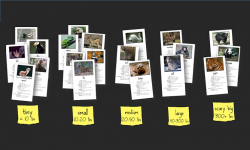

I am currently taking your course in Broward County, Fl. I could really use some tips as to how to start lesson plans involving CCAR tools at our school Park Springs Elementary. Where is the best place to start? Any ideas? I do not want to offend anyone but I would love for it to be welcoming and inviting for others. Thank you so much!
Hi, Vanessa! I just reached out to our contact person behind this post, but I would check the course itself to see if you can find any contact information, just because you may hear back more quickly. Good luck!
I like the comment about, “We have to get good about being uncomfortable” because this is not a comfortable subject for everyone.
Thank you for that introduction. I found it very interesting and look forward to talking to my collegues about how Couragous Conversations would go in our community.
My grandchildren are of mixed races and report experiencing racism in school, but am unsure if it was more in the younger, middle, or older grades and mostly from other kids.
It has been very interesting and enlightening to study about Race and deal with educating our selves and be willing to be uncomfortable with the issues that this reflection and study uncovered. To shed light on difficult subject matter You have to then apply it to your life and in our classrooms.
Reading and accepting that this is very real in our lives and schools can lead to a positive trans formation. It takes work, reflection, and time.
I like that they expressed thnat this is an ongoing commitment, not simply something you learn in 2 hours.
It is hard to be good at being uncomfortable, but you can’t make changes without being uncomfortable.
I like that they expressed that this is an ongoing commitment, not simply something you learn over night.
Most every day, there is racism being brought out. if we ignore it, we will never be as one!
More than ever..we need to look into our souls and help other souls be validated and given a chance to succeed.
Understanding how important it is to make sure teachers are equipped with information and knowledge when students want to talk about racially charged stories.
We can all work together to be better.
It’s time to have difficult and sometimes awkward conversations. We’ve got this!
Thank you for the detailed insight. I started my career being challenged with having difficult and uncomfortable conversations about race. Through that experience I learned how to have those conversations in the classroom. I have noticed that during these conversations, students enjoy being able to relate and speak the truth. Conversations about math or a chapter book we are reading never go as in depth or are as long as the conversations we have about different issues (regarding race) that exist around the world. I have learned to encourage these conversations because students do really learn and grow from them.
We have to be able to listen to our students and help them achieve their goals in life, give them the tools they need and how to use the tools that they will need to succeed, be sure to continue to check with them and check their success.
If we all work with the same mind set, we will be able to help all of our students.
Our school practices the “crucial conversations” model. That is difficult enough to do. That is usually between co-workers. No one wants to hurt feelings. We’ve got to talk about “difficult” things as a society in order to get along.
At the school I work at we have a 3 day rule. If after 3 days something is still bothering you, go speak to that someone who may have said or did something that bothered you. We call it “Having a crucial conversation”. If you don’t feel comfortable speaking directly to them, you can e-mail them or text them. The hope is that everyone is able to communicate with each other in a respectable manner and listen to what is being said. Also, we have to respect the each other’s way of communicating because not everyone likes to be confronted face to face. I have had to be have a crucial conversation with someone and it felt good and all was fine in the end. I also had to recognize when I has made a mistake and went and apologized to the person. I was thanked for it, because they didn’t know how to approach me. Eventually, we need to learn how to do this within our community, adults and with kids.
This sounds like really thoughtful and practical advice! Thank you for sharing.